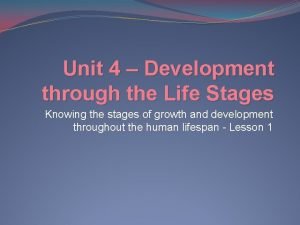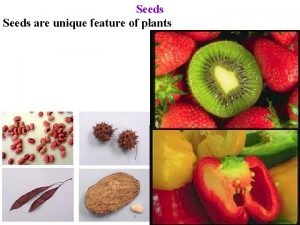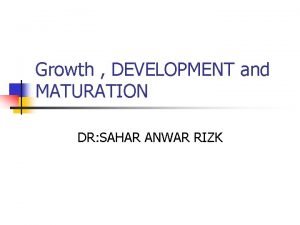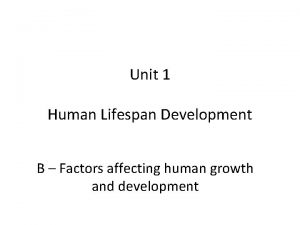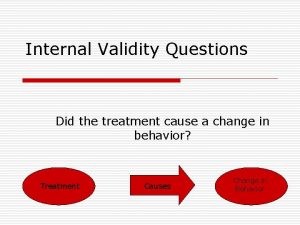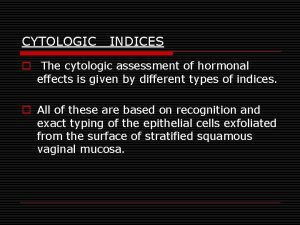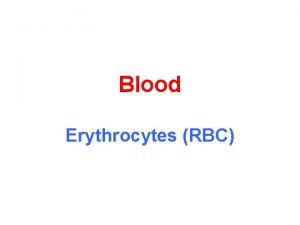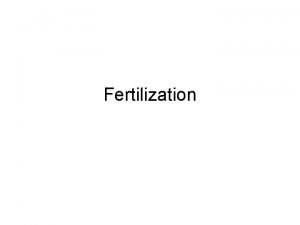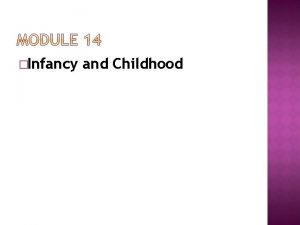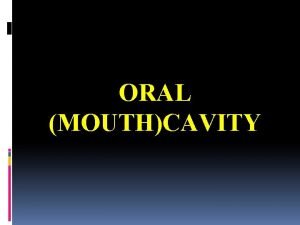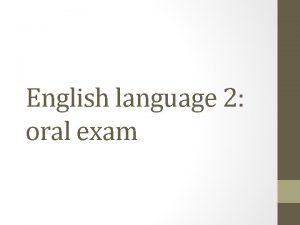In the name of God Maturation of Oral













- Slides: 13

In the name of God Maturation of Oral Function Dr Esmaeilnia

principal physiologic functions of the oral cavity • Swallowing • mastication • Speech • respiration respiratory needs are a primary determinant of posture of the mandible and tongue. Newborn infants are obligatory nasal breathers and may not survive if the nasal passage is blocked at birth. Later, breathing through the mouth becomes physiologically possible.

q. Respiratory movements are "practiced" in utero, although of course the lungs do not inflate at that time. q. Swallowing also occurs during the last months of fetal life, and it appears that swallowed amniotic fluid may be an important stimulus to activation of the infant's immune system.

Swallowing chewing Infantile swallowing Suckling Transitional swallowing Juvenile chewing pattern Adult swallowing Adult chewing pattern

chewing Suckling infant's role is to stimulate the smooth muscle to contract and squirt milk into his mouth. This is done by suckling consisting of small nibbling movements of the lips, a reflex action in infants. The tongue, however, must be placed anteriorly in contact with the lower lip, so that milk is in fact deposited on the tongue disappear during the first year of life Juvenile chewing pattern Adult chewing pattern

Swallowing Infantile swallowing characterized by active contractions of the musculature of the lips, a tongue tip brought forward into contact with the lower lip, and little activity of the posterior tongue or pharyngeal musculature. Tongue-to-Iower lip apposition is so common in infants that this posture is usually adopted at rest disappear during the first year of life Transitional swallowing Adult swallowing

Maturation of oral function can be characterized in general as following a gradient from anterior to posterior. At birth, the lips are relatively mature and capable of vigorous suckling activity, whereas more posterior structures are quite immature. As time passes, greater activity by the posterior parts of the tongue and more complex motions of the pharyngeal structures are required. This principle of front-to-back maturation is particularly well illustrated by the acquisition of speech.

chewing Suckling Juvenile chewing pattern moving the mandible laterally as it opens, then bringing it back toward the midline and closing to bring the teeth into contact with the food. By the time the primary molars begin to erupt, this sort of juvenile chewing pattern is well established. Adult chewing pattern

Swallowing Infantile swallowing Transitional swallowing After the eruption of the primary molars during the second year, drinking from a cup replaces drinking from a bottle This type of swallow is characterized by a cessation of lip activity (i. e. , lips relaxed, the placement of the tongue tip against the alveolar process behind the upper incisors, and the posterior teeth brought into occlusion during swallowing). As long as sucking habits persist, however, there will not be a total transition to the adult swallow. at age 8, about 60% have achieved an adult swallow, while the remaining 40% are still somewhere in the transition. v. Sucking habit and open bite Adult swallowing

chewing Suckling Juvenile chewing pattern Adult chewing pattern an adult typically opens straight down, then moves the jaw laterally and brings the teeth into contact, whereas a child moves the jaw laterally on opening The transition from the juvenile to adult chewing pattern appears to develop in conjunction with eruption of the permanent canines, at about age 12. Interestingly, adults who do not achieve normal function of the canine teeth because of a severe anterior open bite retain the juvenile chewing pattern.

Swallowing Infantile swallowing Transitional swallowing Adult swallowing Function of posterior tongue, posterior teeth brought into occlusion during swallowing

characteristics Suckling chewing Juvenile chewing pattern Adult chewing pattern Infantile swallowing Transitional swallowing Adult swallowing cessation small nibbling of the lips The tongue, placed anteriorly in contact with the lower lip 1 st year moving the mandible laterally as it opens, then bringing it back toward the midline and closing to bring the teeth into contact with the food. By the time the primary molars begin to erupt, this sort of juvenile chewing pattern is well established. Eruption of canines opens straight down, then moves the jaw laterally and brings the teeth into contact active contractions of the musculature of the lips, a tongue tip brought forward into contact with the lower lip, and little activity of the posterior tongue cessation of lip activity (i. e. , lips relaxed, the placement of the tongue tip against the alveolar process behind the upper incisors, and the posterior teeth brought into occlusion during swallowing) 1 st year Change in nutrition & discontinue sucking habits Function of posterior tongue, posterior teeth brought into occlusion during swallowing

Skeletal maturation When there is enough remnant growth?
 Name 3 points
Name 3 points Unit 4 development through the life stages
Unit 4 development through the life stages Is sunlight necessary for seed germination
Is sunlight necessary for seed germination Development and maturation
Development and maturation What is gesell's maturation theory
What is gesell's maturation theory Affinity maturation somatic hypermutation
Affinity maturation somatic hypermutation Gesell maturation theory nature nurture
Gesell maturation theory nature nurture Regression threat
Regression threat Relationship between development and learning
Relationship between development and learning Maturation index 0/90/10
Maturation index 0/90/10 Macrocytic hypochromic anemia
Macrocytic hypochromic anemia Organizing stage of ameloblast
Organizing stage of ameloblast Arnold gesell facts
Arnold gesell facts Maturation
Maturation

